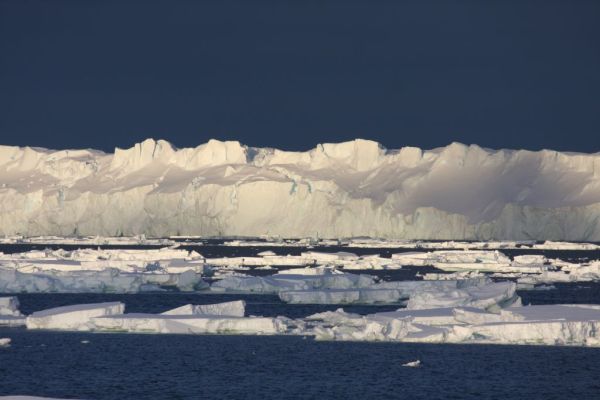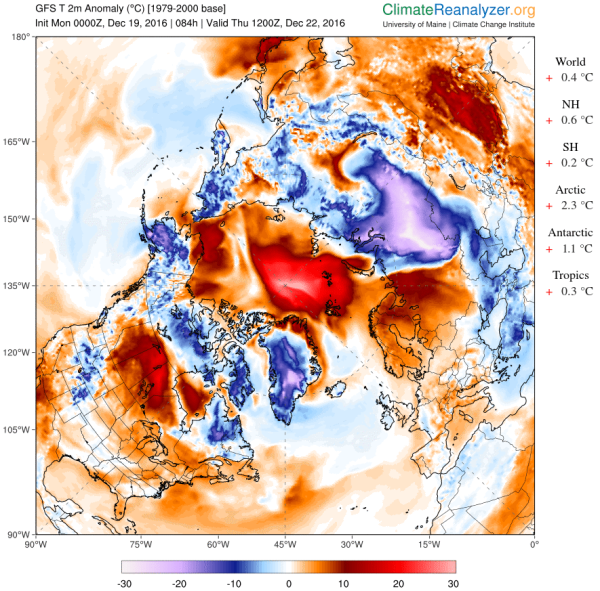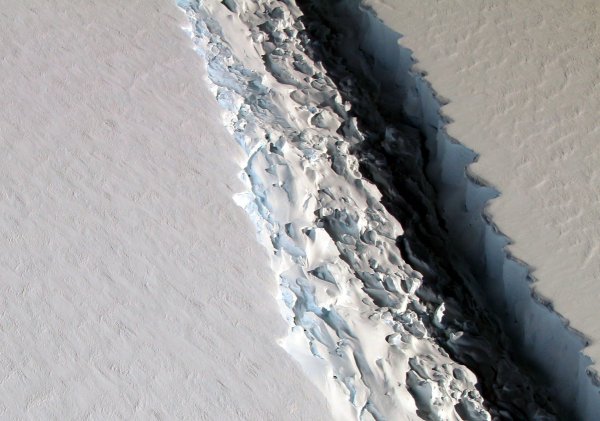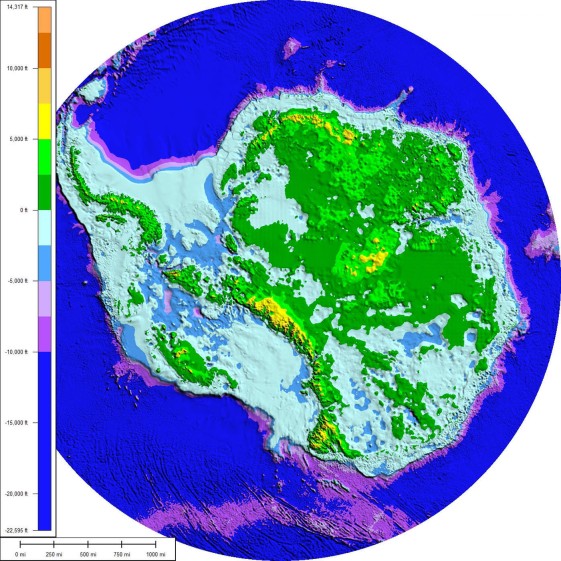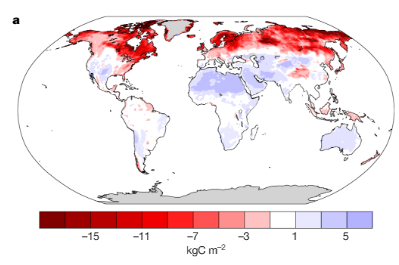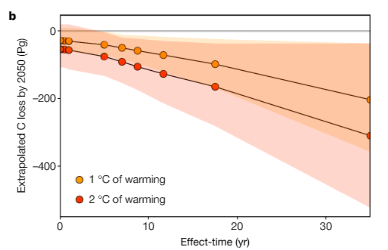The sparks of resistance to a harmful domination of energy supplies by the fossil fuel industry are out there. They are the lights of clean power generation blooming like stars across a world blackened by smokestack emissions and imperiled by climate change.
****
In the U.S., backward-looking republicans like Donald Trump, Paul Ryan, James Inhofe and Mitch McConnell appear to be gearing up to fight against both a necessary and helpful science that provides us with a life-saving awareness of the threats posed by human caused climate change and a highly beneficial renewable energy renaissance that has now gone global. Trump’s presidential cabinet is filled to the brim with climate change deniers and fossil fuel pushers. Pledges to de-fund climate science, implied threats to fire employees at the Department of Energy who worked on climate and renewable energy related issues, and belligerent boasting about dismantling much-needed policies like the Clean Power Plan, EPA fuel efficiency standards, and the Paris Climate Summit abound.
It’s the great loud, sad, and ignorance-filled reaction against a better future. A political and legislative backlash funded by oil, gas, and coal company campaign donations, advertising dollars, and indirect media investments. One that seeks to remove the possibility for a time when energy does not pollute the air or water — resulting in 7 million premature deaths each year globally. For one when climates are not, by incessant fossil fuel burning, pushed ever-closer to the hothouse extinction states that killed so much of life on Earth in the great long ago.
(There used to be a number of forward-looking republicans who both stood as leaders of their party and provided strong support for clean power. What happened? Where are these clear and reasonable voices now? Arnold calls BS on politicians fighting against clean energy, who like Trump and many current-day republicans, are claiming it’s too costly or difficult to switch away from fossil fuels. Video source: Attn.)
But despite this surge of destructive reactionism on the part of U.S. republicans and in such varied legislative bodies as the UK and Australia, the hopeful movement toward a future which includes the potential for human civilization survival and long-term prosperity continues. It’s a movement powered by individuals, by sustainable industries, by cities, by states and by nations who recognize the need for a more hopeful, more beneficial path than the one the fossil fuel industry and their political cohorts, like Trump, are now seeking to force upon them. They are the base of a very necessary resistance to a malign and yet still powerful global influence. And they are resisting by simply finding a way to shine lights powered by clean energy in the darkness and smog of this dying hydrocarbon age.
Number of U.S. Cities Powered by 100 Percent Renewable Energy Grows
In Las Vegas, Nevada, a city on the brink of a climate change driven chaos of water shortages and worsening droughts, the clean energy lights have switched on. There, city officials have achieved 100 percent renewable power for municipal facilities fed by a 100 MW renewable energy generation source. To be clear, the entire city of Las Vegas isn’t run by renewable energy — yet. But the government buildings, traffic lights, street lights, and public parks are now powered by clean sources.
Las Vegas isn’t the only one. Greensburg, Kansas runs on 100 percent renewable power — including electricity provided to individual residences. Burlington, Vermont and Aspen, Colorado also provide 100 percent renewable energy for city infrastructure, industry and residences. The list of cities already achieving or close to achieving 100 percent renewable power goals goes on to include Columbia, Maryland; East Hampton, New York; Georgetown, Texas; Grand Rapids, Michigan; Greensburg, Kansas; Nassau, New York and Rochester, Minnesota. In California — a state that governor Jerry Brown has pledged will continue its clean energy progress despite what appear to be a broad array of incoming attacks on renewables by Trump and republicans — Paolo Alto is joined by Lancaster, San Diego, San Francisco, San Jose, and Santa Monica as cities that have all achieved or are pursuing 100 percent renewable power generation.
(President Obama is proud of U.S. solar energy and climate leadership. This support helped Obama to create 14 million jobs over the course of his Presidency. Donald Trump appears to be ready to attack one of the U.S.’s few remaining cutting edge industries and along with it middle class jobs. Image source: White House.)
But that’s not all. This week, a new power agreement committed 21 towns in Martha’s Vineyard and Cape Cod to energy provided by 100 percent renewable sources. These communities banded together with the goal in mind not just to switch to clean energy — but to negotiate favorable rates by leveraging the bargaining power of a large customer base. Such a strategic approach is especially important in regions where energy markets have been deregulated — as it provides the added protection of broad representation.
As with climate scientists, it’s likely that sustainable communities like these will fall on the target lists of republican party leaders allied to a fossil fuel industry that’s increasingly desperate to legislatively capture energy customers — providing them no option to escape from harmful power sources. But many city leaders are fed up and won’t have any of it. To this point, 48 mayors issued an open letter to Donald Trump stating:
The effects of climate change — extreme storms, wildfires and drought; sea level rise and storm surge; choking air pollution in cities; disruption of agricultural supply chains and jobs in rural heartlands; and coastal erosion, to name a few — are a clear and present danger to American interests at home and abroad… As Mayors, we have taken it upon ourselves to take bold action within our cities to tackle the climate crisis head-on. We write today to ask for your partnership in our work to clean our air, strengthen our economy, and ensure that our children inherit a nation healthier and better prepared for the future than it is today.
A Global Resistance to the Harmful Energy Sources that Cause Climate Change
Across the Atlantic, a Scottish golf course constructed by Donald Trump is now receiving power from renewable energy sources like the wind turbines he continues to oppose. Today Scotland generates 72 percent of its electrical energy from non carbon sources. A figure that the Scottish government is aiming to push to 100 percent by 2020. Meanwhile, the European island of Iceland has long received the bulk of its electricity and thermal energy from renewable hydro and geothermal sources.
In nearby mainland Europe, numerous cities now run on 100 percent renewable electrical power. These include Güssing, in Austria; Wildpoldsried, in Germany and Samsø, in Denmark. Germany’s states of Mecklenburg-Vorpommern, home to 1.6 million Germans, and Schleswig-Holstein with a population of 2.9 million are both renewable energy over-achievers — producing more clean power than they consume. These states instead often export their electricity to various other nearby regions.
In South America, Paraguay produces 10 times the electricity it requires from renewables and exports the excess to its neighbors — many of whom, like Bolivia and Brazil, are already seeing harmful climate impacts resulting from human fossil fuel burning. Further north, Central American Costa Rica has now seen a year pass without the need for further fossil fuel power generation even as it continues to install more renewables. And, finally, Pacific islands are starting to make the switch from expensive diesel power generation to increasingly affordable solar. There, the Pacific island nation of Tokelau had become the first country to be powered by 100 percent solar energy. Meanwhile, Solar City recently enabled an entire island in the American Samoa chain to flip from diesel to near 100 percent solar.
Solar Exceeds Wind For First Time as India Makes Commitment to Halt Coal Plant Construction
Stepping back, we find that this massive transition away from fossil fuel based energy sources is being driven in large part by two new energy providers combining with traditional hydro power generation as a dispatchable base load provider. These two — wind and solar — this year will add a combined approximate 130-140 gigawatts of new generation capacity. Solar, for the first time, is expected to exceed wind by providing 70-76 gigawatts of new capacity during 2016. Meanwhile, wind is expected to hit record or near record installations at around 60-65 gigawatts.
Low prices and superior energy return on energy investment vs traditional fossil fuels as well as much lower overall impacts to human health and the global climate appears to be the primary driver of what is shaping up to be an extraordinarily rapid shift in the world’s electricity markets. Wind has long been considered a low-cost energy source. But in 2016, it appears that solar prices have fallen below those of already inexpensive wind generation. And, according to Bloomberg, solar is now sometimes selling a prices half that of traditional coal. It is these low prices that are enabling cities, communities, states and some small to mid-sized nations to achieve 100 percent renewable power generation. Meanwhile, large states are now enabled to make big commitments to halt construction of the worst-polluting power stations.
On Tuesday, December 20, India — which will soon be the most highly populated country in the world — announced that it would completely halt new coal plant construction through 2027. India faces worsening droughts, glacial outburst floods in the Himalayas, killing heat, and a flood destabilized Bangladesh to its east so long as global temperatures continue to rise. The country is also seeing rapid economic growth and increases in prosperity. But this prosperity is threatened by climate change impacts. For a country faced with destabilization of nations on its borders, inundated coastlines, killing heat in its heartland, and rampant drought as rivers dry up and glaciers disappear finds aspirations for a prosperous future imperiled.
(India plans a major revamp of policy by ambitiously pursuing renewables while completely curtailing new coal plant building. Under such a plan, and with Trump coming in as President, one wonders if the U.S. will fall far behind other nations leading the charge into a future powered by clean energy. Will Trump attack the very industries at home that would benefit from India’s drive to seek renewable energy partners? American mainstays like Tesla, Solar City, GE wind, SunPower, and First Solar would all benefit from such a potential relationship. But will Trump’s anti-renewables fossil fuel based ideology blind him to this obvious opportunity to help U.S. business interests abroad? Image provided by Renew Economy.)
India’s response is to rationally cap coal consumption by 2022 while undertaking a massive renewable energy build-out. By 2027, India plans to add 215 gigawatts of renewables, and 39 gigawatts of nuclear and hydro power. Coal plant construction will be limited to those plants that are currently under contract. But the state already predicts that the capacity will be under-utilized, resulting in stranded fossil fuel ‘assets’ — which could produce a drag on markets both at home and abroad.
Under the new plan, India will boast a majority renewable and zero emission power generation capacity by 2027. And this action appears to be laying the groundwork for a larger energy switch as India’s Energy Minister Piyush Goyal has stated a clear goal to “look at a world beyond fossil fuels” and to aim to cut fossil fuel imports.
Clean Power Resistance to Ideologies and Industries Destined for Dramatic Failure
In the end, what we see is a world in which renewable energy is making a great leap forward. A world where the considerable but waning fossil fuel powers are panicking and lashing out as they begin to enter decline. We see this reactionary backlash in climate change denial, in attacks on scientists, in an amoral pandering toward fears, bigotry and extremism, in brazen attempts to erode democratic institutions and attack the Constitutional integrity of the electoral process in the U.S., and in Trump’s and Republicans’ insistence on protecting fading industries destined to fail. We also see it in their attacks against the new and helpful industries and the agencies, like the EPA and NASA, that produce so many beneficial public goods.
What their actions and reactions will produce — by intentionally injecting authoritarianism, chaos and instability — is a delay to the entry of these helpful power sources. A delay that will lock in worse climate harms even as it hobbles the most innovative and helpful segment of emerging industry within the United States. A delay engineered by leveraging all the darker angels of the American psyche. And as with many of the other policies now being promoted by republicans, this subset is as ludicrously out of touch with present day politics, history, societies, and industry as it is brazenly harmful to pretty much everyone.
But the resistance to this darkness and retrenchment has arrived in the form of new opportunity and progressive movement. It has arrived in the form of a very real and clean enlightenment of the global energy production system. One that breaks the ancient ties to destructive extraction and burning. And there could be no better cause than supporting this resistance by doing your part to aid the transition to clean power.
Links:
NASA Climate Change Mitigation
Trump Cabinet Filled to the Brim With Climate Change Deniers
Cape Light Compact Goes 100 Percent Renewable Electricity
Arnold Calls BS on Politicians Claiming Clean Energy is Too Expensive
Los Vegas Goes 100 Percent Renewable Power
Solar Now Produces a Better Energy Return on Investment than Oil
Renew Economy — No New Coal Fired Plants for India
Solar Less Expensive than Coal and Wind
Mayors Letter to Trump on Climate
Hat tip to Colorado Bob




